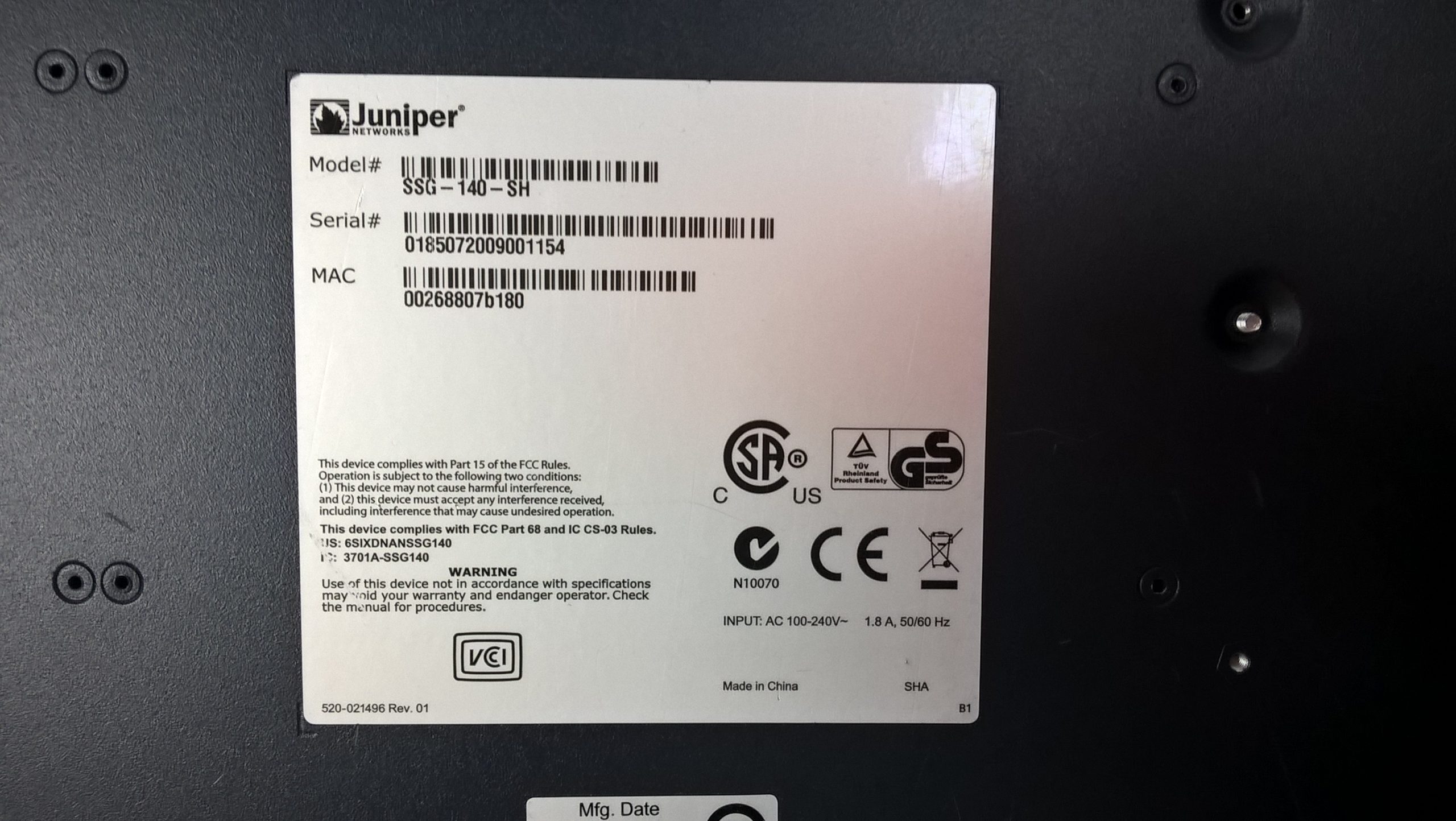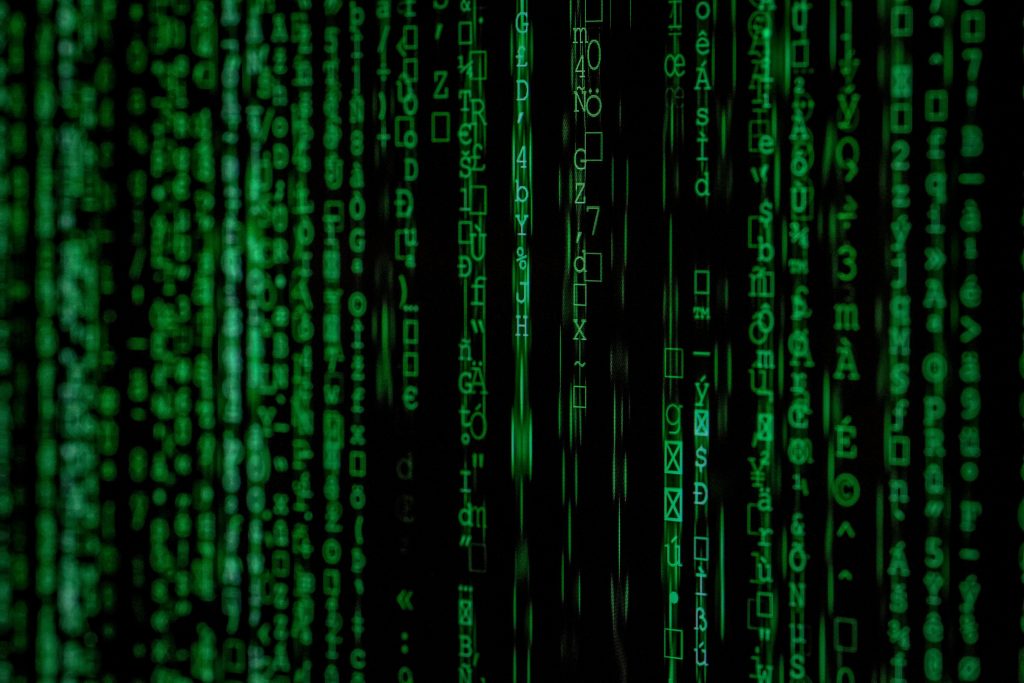Understanding Laptop Battery Drain When Shut Down: A Comprehensive Guide
Introduction
Modern laptops are often lauded for their portability and efficiency, but one persistent issue that many users face is unexpected battery drain even when the device is supposedly shut down. This phenomenon can be particularly frustrating for new users who expect their devices to preserve battery life when powered off. In this blog post, we will dive deep into the intricacies behind this problem, particularly focusing on a recent example concerning the Lenovo Ideapad Slim 5. We’ll explore possible causes, troubleshooting steps, and insights to help you understand what might be going wrong.
The Issue in Focus
A recent Reddit post raised this concern about battery drain while the Lenovo Ideapad Slim 5 was completely shut down. The user, who had owned the device for just one month, noted that despite turning off the computer via the Start menu — not simply using sleep mode — the battery would still deplete at a rate of approximately 1% every 1-2 hours. They had attempted several troubleshooting steps, including disabling fast startup, turning off USB ports, and even checking configurations in the BIOS. Despite these efforts, the problem persisted.
Understanding the Laptop Power States
To grasp the root of the battery drain issue, it’s important to understand the different power states of a laptop:
-
Sleep Mode: In this state, the system is not entirely off; it saves your session to RAM and uses a small amount of power to keep it active. This is designed for quick resumption of work but, as a result, may lead to battery drain.
-
Hibernate Mode: This mode saves your session to the hard drive and powers down the system. While it uses significantly less power than sleep mode, some systems might still drain battery in this state, especially if the device isn’t properly configured.
-
Shut Down: This is the complete power-off state, where the laptop should technically use no battery at all. However, some systems may still experience minor battery drain due to background services or hardware configurations that still consume energy.
Possible Causes of Battery Drain During Shutdown
1. Fast Startup Feature
Fast Startup is a feature that combines elements of shutting down and hibernation to reduce boot time. While this feature can speed up the startup process, it can also lead to confusion regarding whether the laptop is truly shut down. Disabling this feature as the user in the Reddit post did is a prudent step, but it’s essential to ensure it’s entirely turned off in the system settings.
2. USB Power Settings
Many laptops provide a feature called “USB Always On,” allowing USB ports to receive power even when the laptop is off. This can be useful for charging devices, but it can also contribute to battery drain. Disabling this feature, as the user mentioned, is another logical troubleshooting step.
3. BIOS Settings
The BIOS (Basic Input/Output System) includes various configurations that can affect power consumption. The “One Key Battery” feature mentioned by the user allows for battery monitoring while the device is off, which could be a contributor to the problem. Adjusting these settings can often mitigate excessive battery drain.
4. Hardware Issues and Configurations
Even if a device is new, it doesn’t rule out hardware issues. Certain components might malfunction, leading to increased power draw. This could be anything from a faulty battery to malfunctioning sensors. In such cases, consulting with the manufacturer or a technician may be necessary.
Troubleshooting Steps for Battery Drain
If you find that your laptop experiences battery drain while shut down, follow these steps to troubleshoot the issue.
- Disable Fast Startup
- Open the Start menu and type “Control Panel.”
- Navigate to “Hardware and Sound” followed by “Power Options.”
- Click on “Choose what the power buttons do.”
-
Click on “Change settings that are currently unavailable” and uncheck “Turn on fast startup.”
-
Adjust USB Settings
- Open Device Manager by right-clicking the Start button and selecting it.
- Expand the Universal Serial Bus controllers section.
-
Right-click each USB Root Hub, select “Properties,” go to the Power Management tab, and uncheck “Allow the computer to turn off this device to save power.”
-
Modify BIOS Settings
- Restart your laptop and enter the BIOS by pressing the appropriate key during boot (often F2 or Delete).
- Look for power management settings and disable features such as “One Key Battery” if not needed.
-
Save changes and exit the BIOS.
-
Perform a Battery Calibration
- Allow the battery to drain completely until the laptop shuts off.
- Charge the battery uninterrupted to 100% and perform a cycle of use and recharge.
-
This can help recalibrate the battery sensor and provide more accurate status readings.
-
Install Updates
-
Ensure that both your Windows operating system and BIOS are up-to-date, as manufacturers frequently release updates that may resolve hardware issues.
-
Monitor Battery Health
- Use built-in tools or third-party apps to check the battery’s health. Windows users can run a battery report by typing “powercfg /batteryreport” into the Command Prompt to get detailed information.
Additional Insights
1. Potential Impact of Background Programs
Sometimes, despite being shut down, background programs can affect battery life if they haven’t been properly terminated. Common culprits can include malware or system-intensive Software that can take longer to close than expected.
2. The Role of Firmware Updates
Many users may overlook the importance of firmware updates. Sometimes, battery drain issues can be tied to bugs that specific updates address. Always consider checking the manufacturer’s website for firmware updates related to power management.
3. Battery Age and Usage Habits
New batteries may initially indicate superior performance, but usage habits can affect their longevity and perceived discharge rate. Ensure regular maintenance, such as avoiding extreme heat or cold, to help prolong battery life.
Conclusion
Experiencing battery drain when your laptop is shut down can be a perplexing issue, particularly for new users. Through understanding the power states of your laptop, disabling potentially problematic features, and conducting regular maintenance, you can significantly mitigate these issues. For the user of the Lenovo Ideapad Slim 5, following the troubleshooting steps outlined can hopefully lead to a resolution. If problems persist despite all efforts, consulting with Lenovo’s customer support or visiting an authorized service center may be necessary.
By providing a clear understanding of the causes and potential solutions for this problem, we hope to empower other users with the tools and knowledge to tackle their own battery drain woes. Remember, while technology provides us with convenience, it also requires a bit of vigilance to ensure optimal performance.
Share this content:




Thank you for this comprehensive overview of laptop battery drain issues! It’s eye-opening to see how various settings can contribute to what seems like a straightforward problem. I’d like to add a couple of points that might further enhance our understanding:
Device Firmware and Drivers: In addition to BIOS updates, it's crucial to regularly check for driver updates, especially for the chipset and power management drivers. Outdated or incompatible drivers can lead to power inefficiencies that contribute to battery drain, even when the laptop is shut down.
Battery Calibration Techniques: You've mentioned battery calibration as a helpful troubleshooting step, and I’d like to emphasize that doing this periodically can be beneficial, especially after making significant changes in settings or after Software updates. It can help the operating system recalibrate its understanding of battery capacity and usage patterns.
Environmental Factors: The environment where the laptop is stored can also play a role in battery health. Extreme temperatures—both hot and cold—can affect battery performance. Maintaining your device in a stable, moderate environment can help preserve its longevity and functionality.
User Behavior: Finally, observation of user habits is valuable. If certain applications are running background processes unusually even after shutdown (such as cloud backup applications), they can sometimes trigger unexpected power draw. Regularly monitoring and managing startup applications can contribute to better battery performance overall.
Thanks again for sharing this vital information! It’s discussions like these that help empower users to make informed decisions about their device
Response from Technical Support
Hello,
Thank you for reaching out with your concerns regarding the unexpected battery drain of your Lenovo Ideapad Slim 5 even when shut down. I understand how frustrating it can be to deal with this issue, especially when you’re expecting your laptop to preserve battery life in the power-off state.
From the information you provided, it seems like you’ve taken several reasonable troubleshooting steps. To further assist you, I’d like to offer a few additional suggestions that may help resolve the issue:
Response to Laptop Battery Drain Issue
Thank you for sharing this comprehensive guide on laptop battery drain during shutdown. As a seasoned user, I can relate to the frustration this issue brings, especially on newer devices like the Lenovo Ideapad Slim 5. Your breakdown of power states and their implications is particularly insightful.
To further assist users facing this challenge, I’d like to recommend a few additional steps and considerations:
1. Check for Wake Timers
Sometimes, there may be scheduled tasks or wake timers set within Windows that could inadvertently wake the laptop briefly, preventing it from fully shutting down. You can check this by:
powercfg -waketimersand pressing Enter.2. Investigate System Logs
For more advanced users, checking the Event Viewer can provide insights into what processes are running during shutdown: